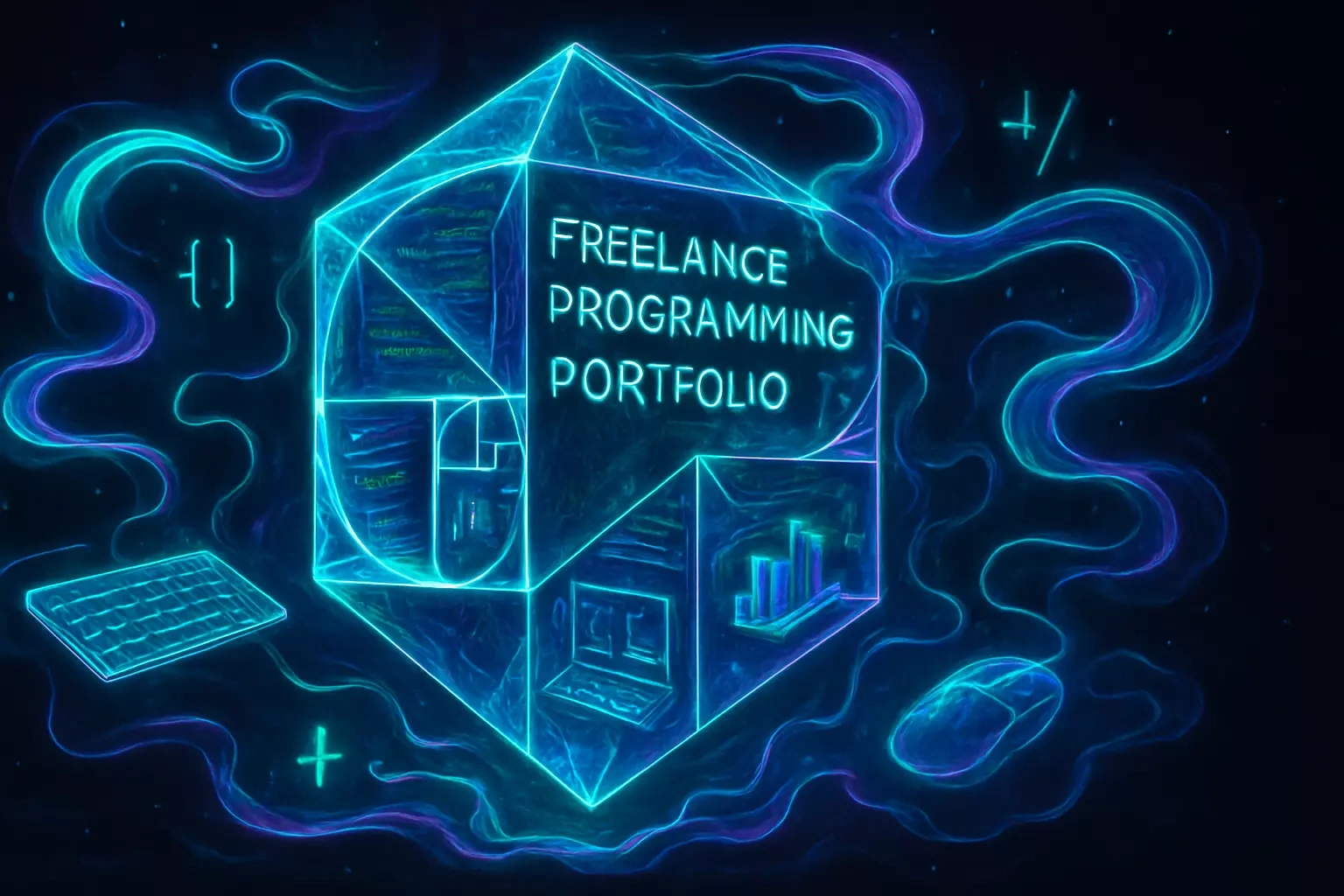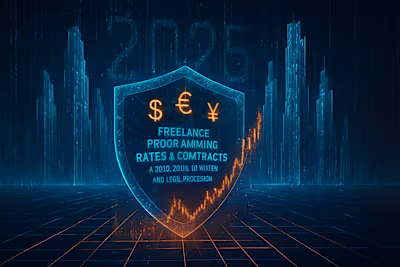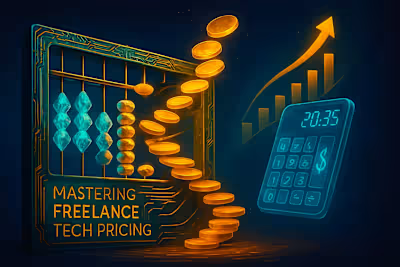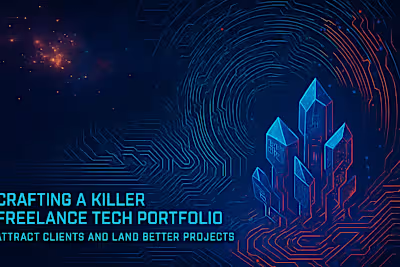Freelance Programming Portfolio: Build a Client-Winning Showcase in 2025

Freelance Programming Portfolio: Build a Client-Winning Showcase in 2025
Why Every Freelance Programmer Needs a Portfolio
Show, Don't Just Tell: Demonstrating Your Skills
Building Credibility and Trust with Potential Clients
Differentiating Yourself in a Competitive Market
Key Elements of a Winning Freelance Portfolio
Curated Selection of Your Best Work
Detailed Project Case Studies
Clear Indication of Your Tech Stack and Skills Used
Live Demos and Code Repositories (GitHub)
Client Testimonials and Recommendations
Professional 'About Me' Section and Contact Information
Structuring and Designing Your Portfolio Website
Choosing a Platform (e.g., Personal Website, GitHub Pages)
User Experience (UX) and Navigation
Visual Appeal and Professionalism
Mobile Responsiveness
What to Include if You're New or Lack Commercial Experience
Personal Projects and Passion Projects
Contributions to Open-Source Projects
Pro Bono Work for Non-Profits or Small Businesses
Conceptual Projects or Redesigns
Maintaining and Updating Your Portfolio
Regularly Adding New Projects and Skills
Refreshing Older Content
Seeking Feedback and Iterating
Conclusion
References
Freelance Programming Portfolio: Build a Client-Winning Showcase in 2025
Why Every Freelance Programmer Needs a Portfolio
Show, Don't Just Tell: Demonstrating Your Skills
Building Credibility and Trust with Potential Clients
Differentiating Yourself in a Competitive Market
Key Elements of a Winning Freelance Portfolio
Curated Selection of Your Best Work
Detailed Project Case Studies
Clear Indication of Your Tech Stack and Skills Used
Live Demos and Code Repositories (GitHub)
Client Testimonials and Recommendations
Professional 'About Me' Section and Contact Information
Structuring and Designing Your Portfolio Website
Choosing a Platform (e.g., Personal Website, GitHub Pages)
User Experience (UX) and Navigation
Visual Appeal and Professionalism
Mobile Responsiveness
What to Include if You're New or Lack Commercial Experience
Personal Projects and Passion Projects
Contributions to Open-Source Projects
Pro Bono Work for Non-Profits or Small Businesses
Conceptual Projects or Redesigns
Maintaining and Updating Your Portfolio
Regularly Adding New Projects and Skills
Refreshing Older Content
Seeking Feedback and Iterating
Conclusion
References
Posted Jun 11, 2025
Create a standout freelance programming portfolio that attracts clients. Learn what to include, how to present projects, and tips for a compelling showcase in 2025.










